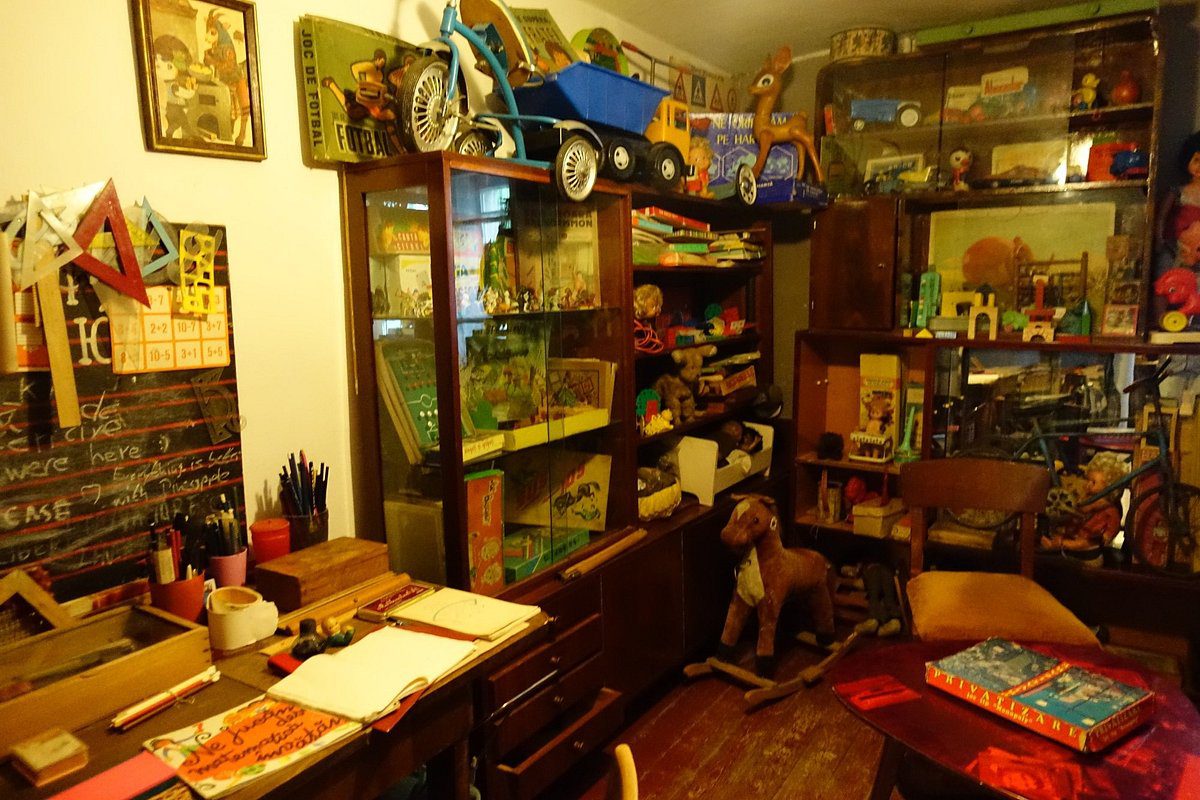Timisoara is a vibrant place, in the process of ascension, whose treasures never cease to impress tourists who choose to visit. The city is recommended for the title of 2021 European Culture Capital, which indicates its richness in this regard. If you arrive in this city and you want to make sure that you tick the most unique places, we prepared a list of attractive objectives, related to various fields:
Catedrala Mitropolitană (Orthodox Metropolitan Cathedral)
This construction rules over Victoriei Square, being an element whose proportions and architectural style do not leave anyone indifferent. It is worth mentioning that this is the tallest church in Romania, and worldwide it ranks eighth in the list of “Orthodox churches”. The building was built between 1936-1941, and the reason behind the construction is of national importance. It marks the union of Banat with Romania. The church was built according to the neo-Moldovan architectural model. The construction is multicoloured and has no less than eleven towers that are “clad” in ceramic. A unique element is represented by its bells that weigh a total of 7000 kilograms. They were made of a metal brought from Indonesia.
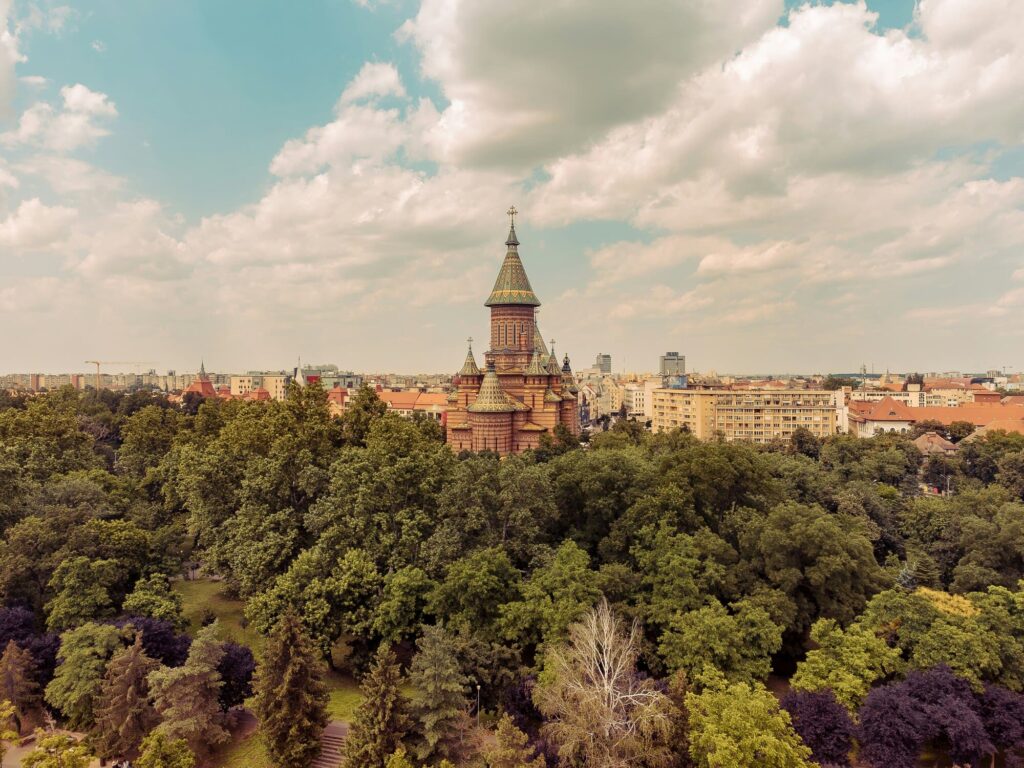
Millenium Church
This Roman Catholic church is located in Piața Romanilor and dates from 1901. The characteristic architectural style is the neo-Romanesque to which Gothic influences have been added. The construction has two imposing towers, each 65m high, and the big bell weighs over two tons. An element inside the place that cannot go unnoticed is the grandiose organ adorned with gold. Numerous concerts are organised here, from jazz to gospel music. This is another symbol of multiculturalism specific to the city, rendered by the fact that the services are held in Hungarian, Romanian, German and Italian.
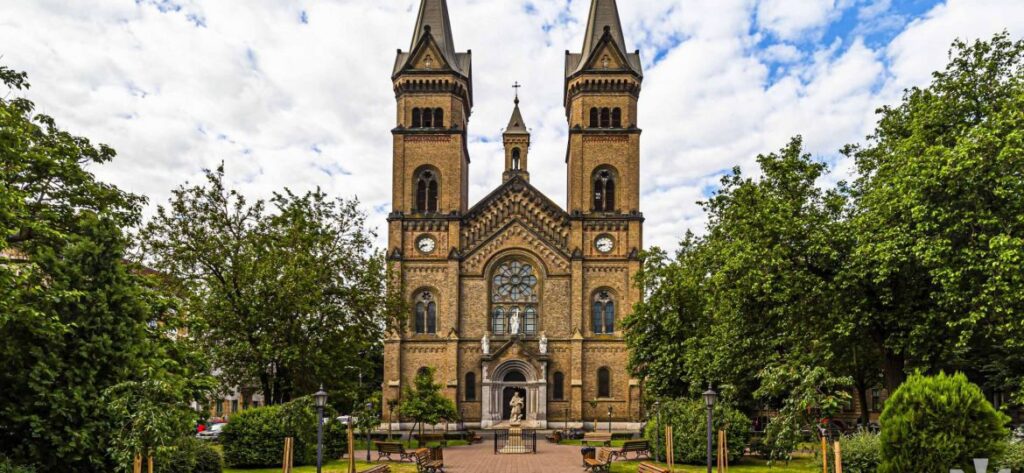
Notre Dame Church
This dates back to the end of the 19th century and is located in the Iosefin neighbourhood. The architectural style is eclectic historian with neo-Romanesque elements. The name of the building comes from its membership in the order of the “Notre Dame Nuns” which was established in Germany in 1833. The services are held in German and Bulgarian. The exact address where you can find the monument is at 4 General Ion Dragalina Boulevard.
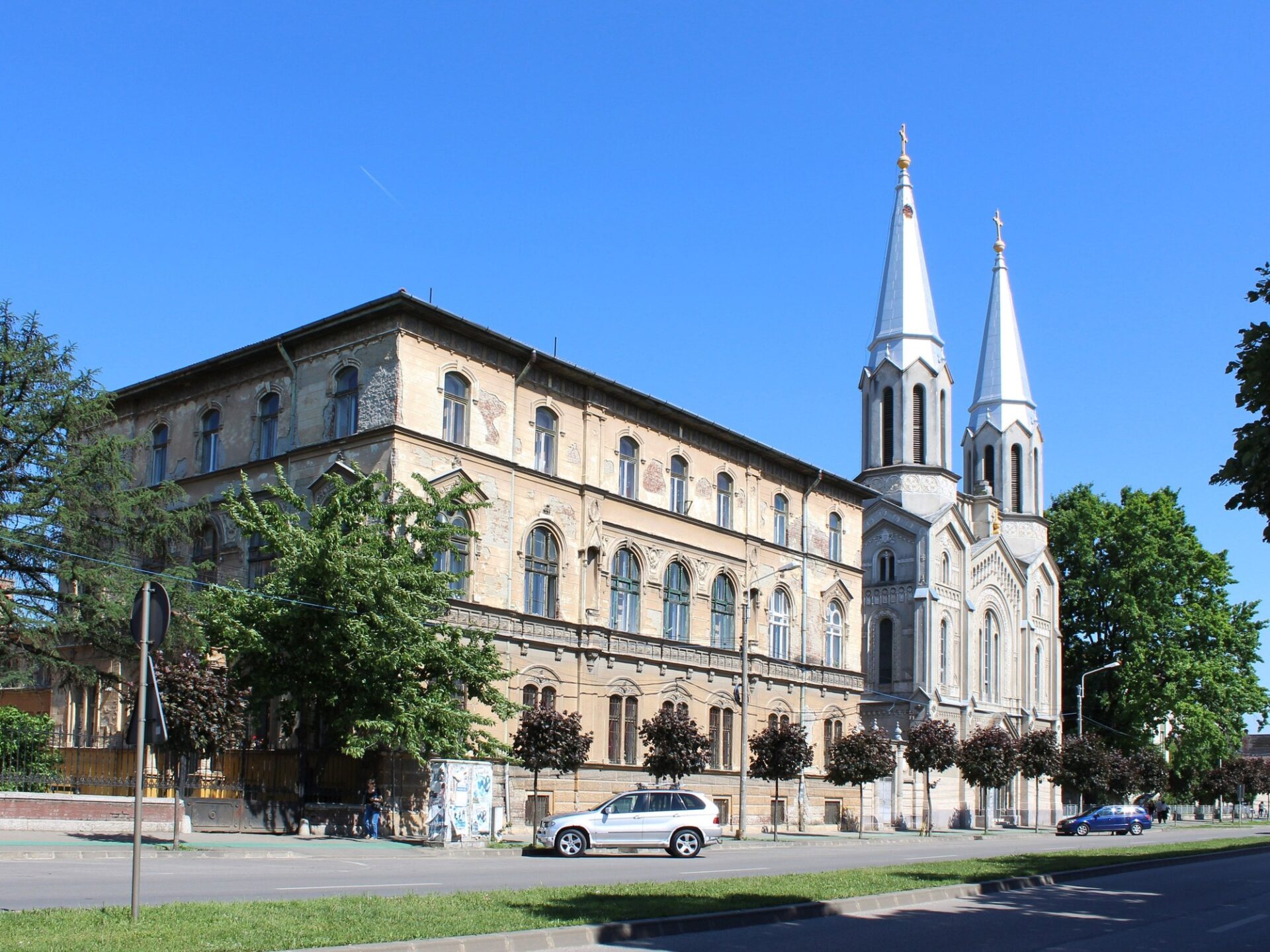
Sinagoga din Cetate (Cetate Synagogue)
This is located on 6 Marasesti Street and dates from 1865. It is a Jewish place of worship whose architectural style is eclectic, combined with Moorish elements. The name of the monument comes from the neighbourhood where it was located – Cetate. The decorations used are representative of the mosaic cult. This building attracts attention through its facade with the two imposing towers and their domes.
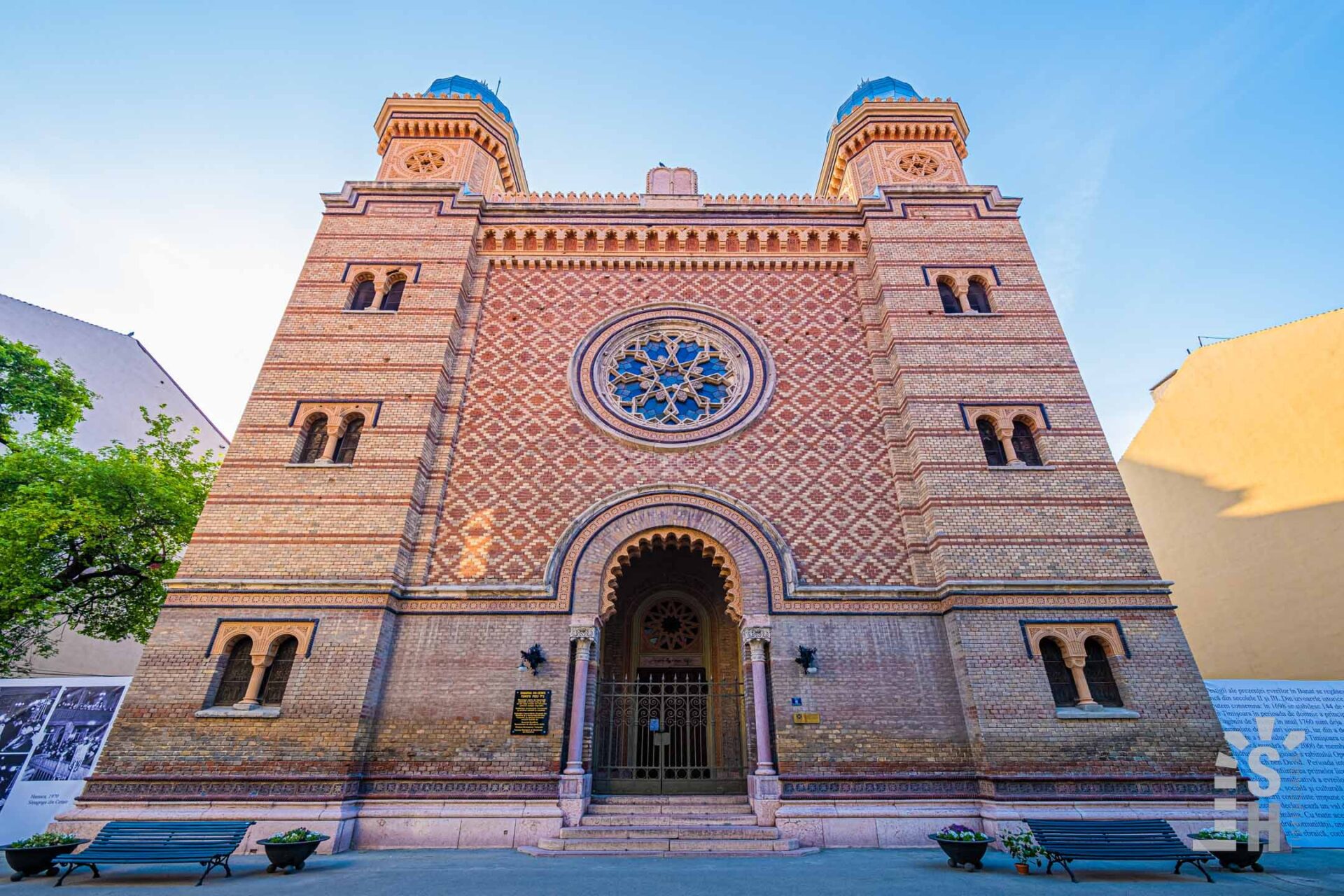
Huniade Castle
This is the oldest building in Timisoara and is located at 1 Huniade Square. It dates from the years 1308-1315 and was built by King Carol Robert of Anjou. In 1443, the monument was destroyed after an earthquake, but later it was rehabilitated by Iancu de Hunedoara. Historians claim that the kings who arrived in Timisoara lived here.

Theresia Bastion
This is the only fragment of this kind that has been preserved from the old fortress of Timisoara. The bastion was built in the Baroque style, between 1730-1733. Today, it houses art galleries, conference rooms, cafes, the “Deliu Petroiu” Arts Section of the Timiş County Library and one of the sections of the Banat Museum.
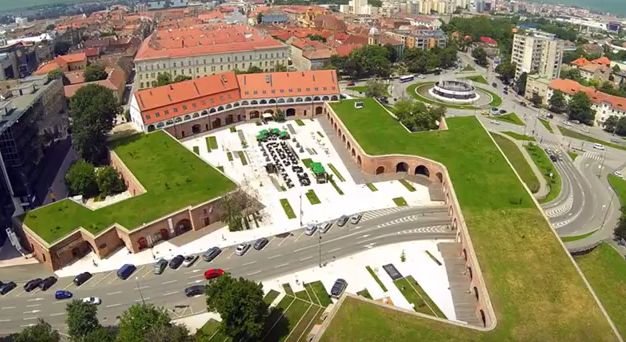
Muzeul Transportului Public „Corneliu Miklosi” (“Corneliu Miklosi” Public Transport Museum)
Here you will have the opportunity to have a look at a variety of types of trams such as: horse-drawn tram, wagon with plow, tourist wagon. At the same time, the museum houses various buses and trolleybuses. The building is located on Tache Ionescu Boulevard, at no. 56. This is one of the few museums in the country that is meant to remind the general public of the incipient period of transport. As a curiosity, we mention the fact that Timișoara was the first city in Romania where the horse-drawn tram was introduced, in 1869. In 1889, the electric tram was also introduced. It is fascinating to discover the historical course of these inventions that, little by little, have contributed to ease our daily life.
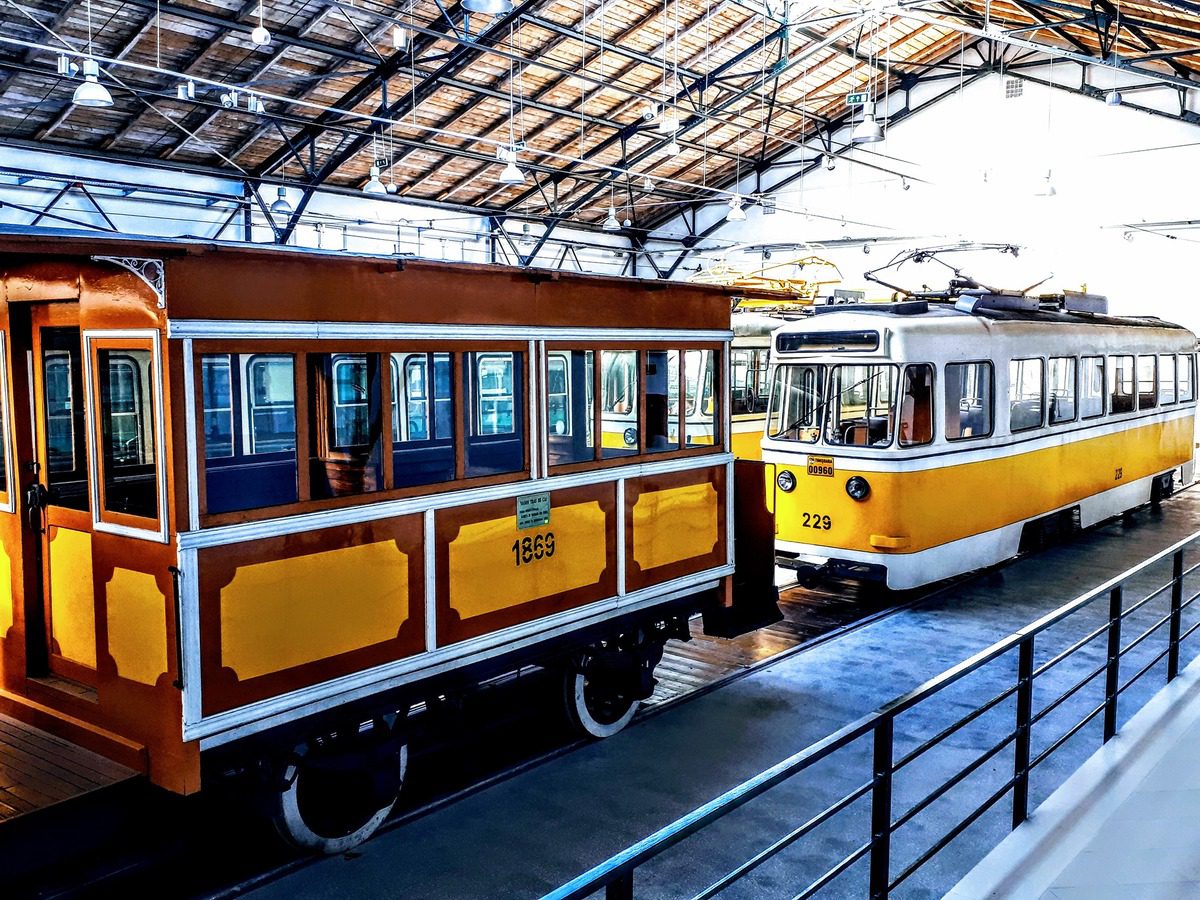
Art Museum
The museum is located in Unirii Square, at number 1 and is housed in an impressive building, representative of the Baroque style: the Palace of the Old Prefecture, one of the local emblems. The museum brings together collections of contemporary, decorative art – both European and national pieces.
Visiting hours: Tuesday – Sunday: 10:00 to 18:00
Ticket price:
Adults: 20 lei
Students, pupils, pensioners: 10 lei
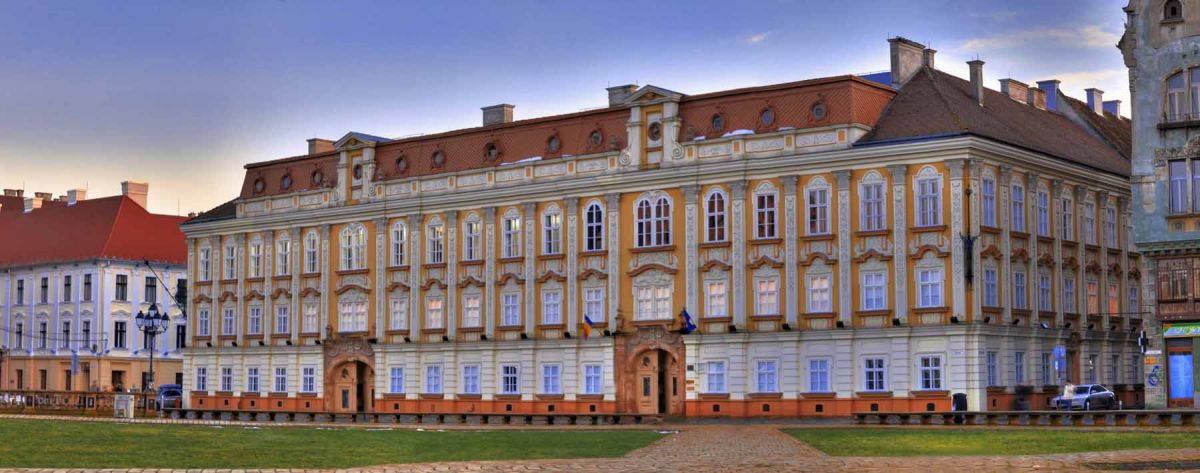
Muzeul Satului Bănățean (Banat Village Museum)
This is the epicenter of Banat ethnography and dates back to 1971. It is arranged as an open-air museum that houses buildings characteristic of the area, made of wood, clay, stone. Here you will have the opportunity to learn about the organisation of households, the tools used in the past in the daily routine, as well as information related to the traditions of the locals.
Visiting hours:
Summer: Tuesday – Saturday: 10:00 – 18:00
Winter (starting with November 16): Tuesday – Saturday: 9:00 – 17:00
Ticket price:
Adults: 5 lei
Preschoolers, pupils, students, pensioners: free
Specialized guide fee – 20 lei / group of visitors
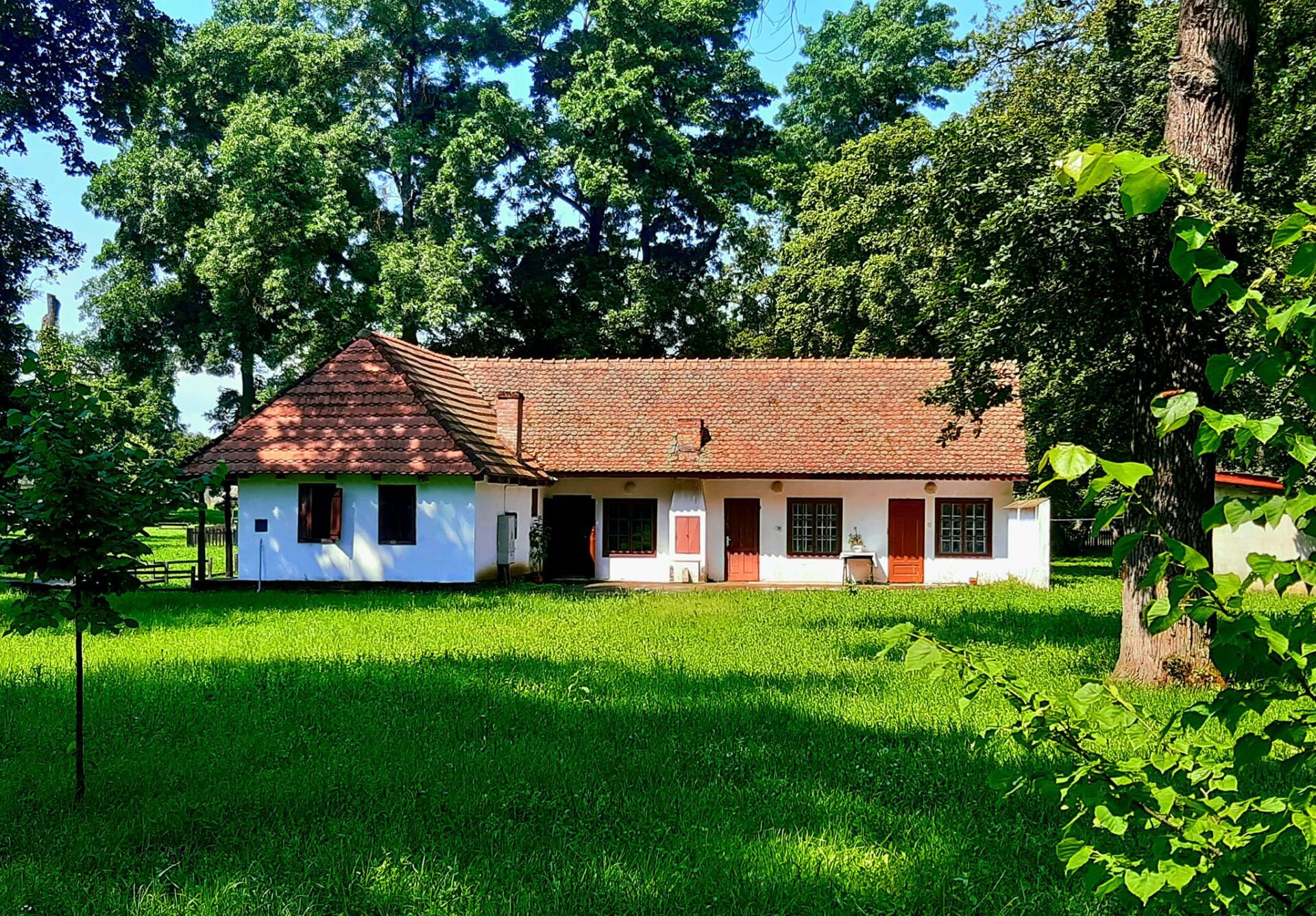
Muzeul consumatorului comunist (The Museum of the Communist Consumer)
This museum is organized in an apartment located on Arhitect Laszlo Szekely Street, at no. 1. Here you will find gathered over 500 objects that used to be part of the agony of Romanians before the revolution of 1989. That period was one in which most Romanians had similar belongings, from clothing to decorative objects and furniture. You will step into what was once an apartment characteristic of the communist period. Admission is free, but donations are welcome.
